It was good while it lasted!
I'm not one to complain, but it was genuinely incredible to experience those few months of stunning greenery along the coastline here in Los Angeles. In June, I shared my observations in a post about how the persistent rainfall over several weeks had completely blanketed southern California with record levels of flower coverage and lush green growth.
It felt as though this amazing scenery would endure indefinitely, but deep down, I knew that unfortunately, it wouldn't be the case. After not visiting the beach in neighboring Palos Verdes for a couple of months, we took a walk down the paths and were greeted by the familiar sight of the old, dry look that we had grown so accustomed to while living in Los Angeles over the previous years.
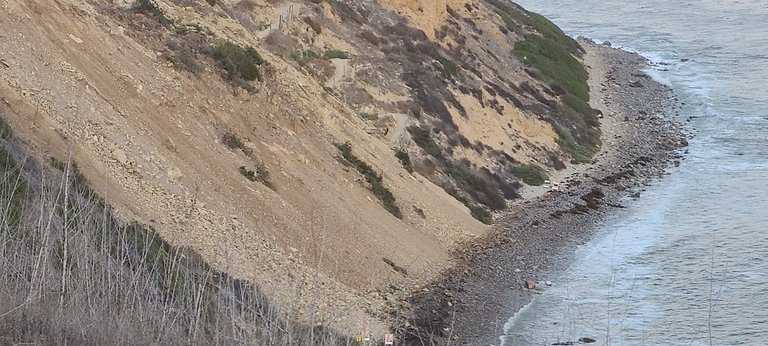
Even though we know that this is how it is supposed to look, it doesn't make us miss the green any less. It does give you an appreciation for just how much water makes a difference to the climate in which you live. The most prominent plant that you see growing along the paths here is called Coastal Sagebrush, or California Sagebrush.
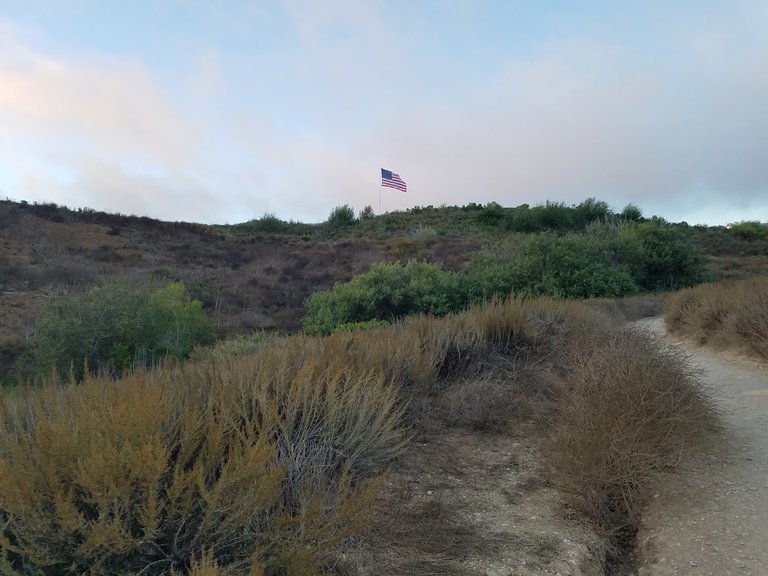
Along with wild fennel, you can find it growing in copious amounts along pretty much any trails the follow the coastline. This was an important herb for early settlers here in California.
The plant, known to early Spanish Californians as "Romerillo," was considered a cure-all. They utilized it in tea to alleviate bronchial issues, applied it as a wash for wounds and swellings. Additionally, early miners used it in sprays to repel fleas from their sleeping areas. It's kind of sad to know that our ancestors knew so much more than us about using the wild plants that grow all around us. Left to my own devices, I would likely starve to death if left in the wilderness.
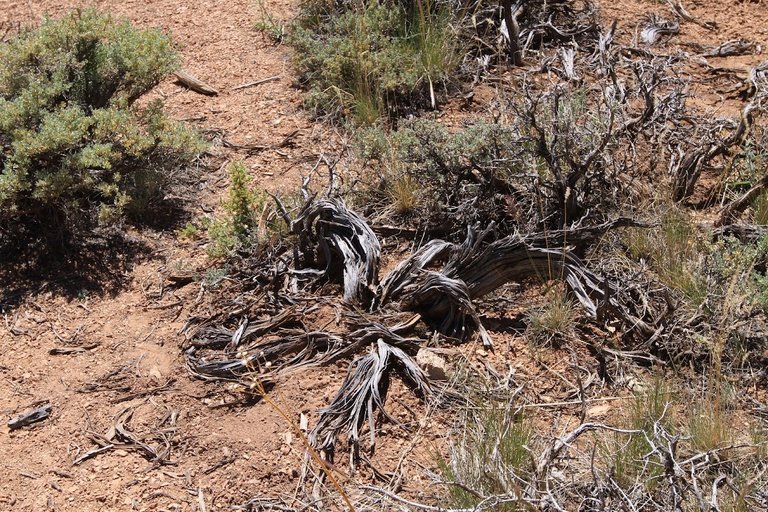
Mostly, things only seem to be dead
Several plants in this area may appear lifeless, but they're not truly dead. Observing a seemingly desiccated bush with no leaves and a brown hue might lead one to assume it's beyond recovery. However, just one substantial rainfall is all it takes for these plants to begin new growth, and surprisingly, it happens rapidly. I'm consistently astounded by the swift transformation of the entire landscape following even a brief shower.
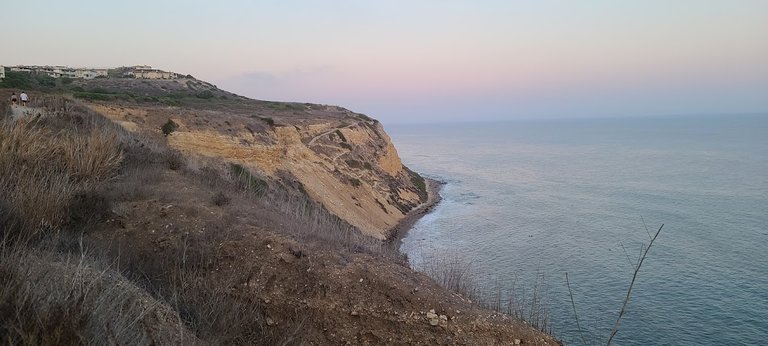
In a way, it was nice to have a short period of time where everything came alive. The contrast of colors really helps one to appreciate how change is inevitable. One thing that I've been trying to do in my life is understand that beauty can be found in everything. I suppose this is another benefit that I've gained from meditation practice. You learn to see that nothing is truly good or bad; at least not on a fundamental level. Things are just happening and changing but we apply a veneer of opinion on top of it which colors the experience.
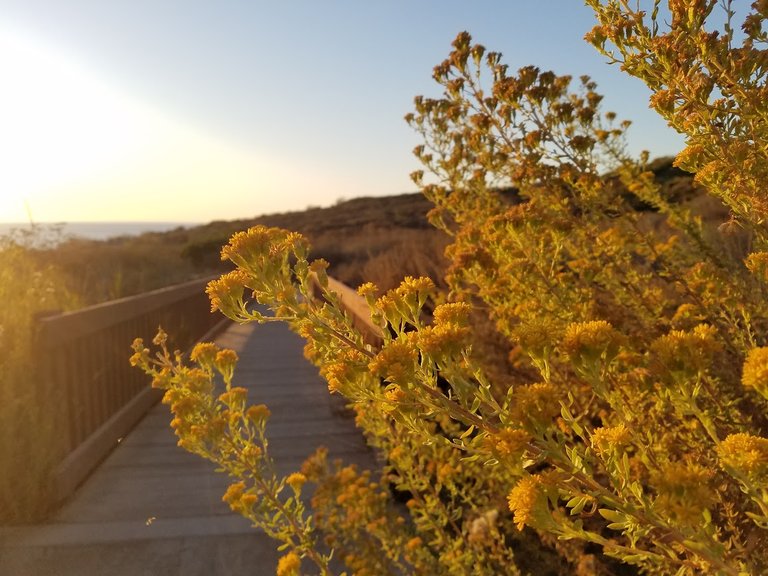
I've used the above photo before because I really like the way the light looks here at this time of day. Even in the most dry periods you can still come across some of the more hearty plant life along the trails. I find it hard to understand how so many plants can survive and flourish with hardly any sources of water. Can you imagine if we humans could do the same? That would really be something. Imagine being able to dry up like a tardigrade and wake up years later like nothing happened when conditions improved. Well, now we are getting into the realm of science fiction!
I would really appreciate your support!
